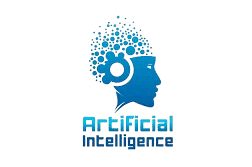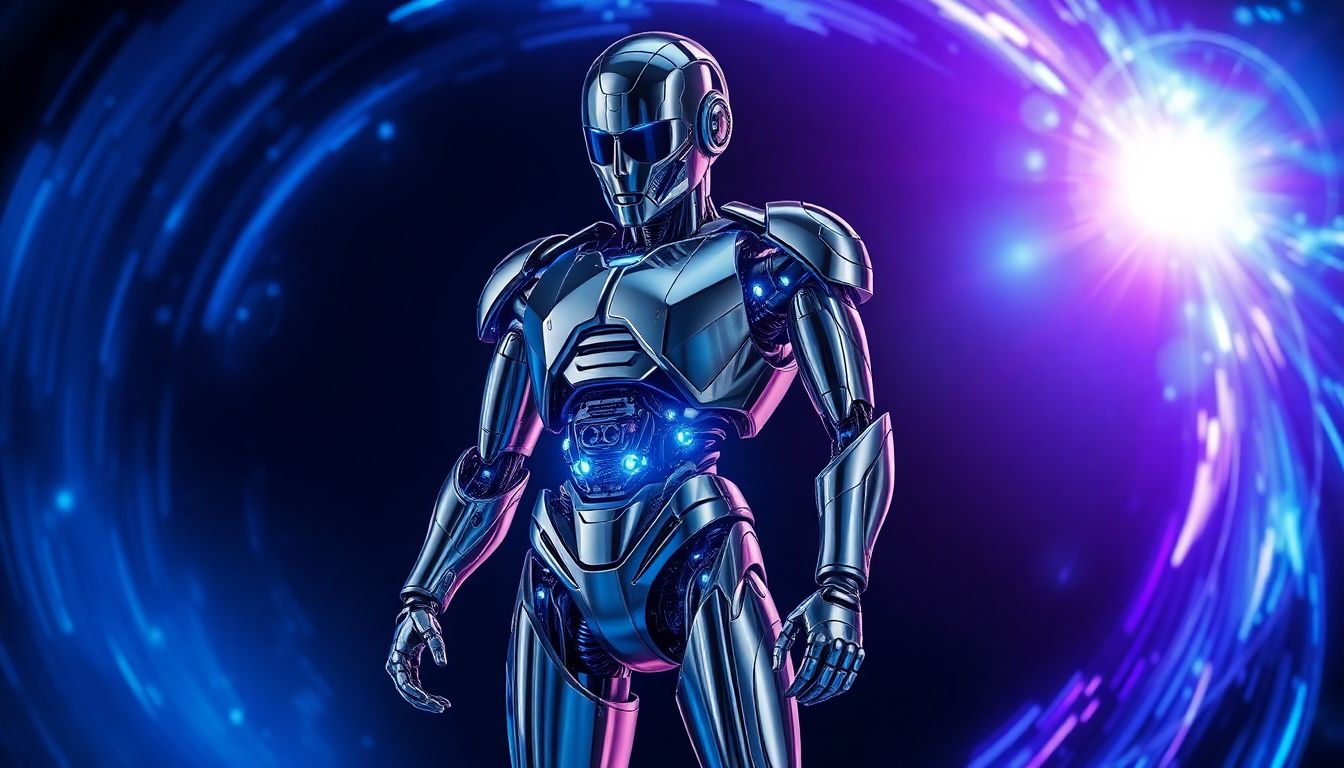Imagine creating a historical artwork without ever lifting a brush. Or perhaps you simply have a wild idea you want to realize. AI art is shaking things up. Are these AI art robots assistants, or replacements, for artists? What are AI art robots, what do they do, what are their merits, their shortcomings, and what might it all mean for creators?
Understanding AI Art Robots
AI art robots aren’t unwieldy machines with paintbrushes! They come in the form of software and some nifty hardware. They create art using artificial intelligence, with multiple platforms offering different levels of access.
How Does AI Generate Art?
AI art is driven by complex neural networks, heavily based on diffusion models and GANs (Generative Adversarial Networks). These networks are trained on millions of images and then generate something new using their learning. It’s like teaching a computer how to see and paint.
AI Art Tools and Platforms
There are many AI art platforms available today. Midjourney is extremely popular, DALL-E is a strong contender, and Stable Diffusion is worth exploring. These platforms convert text into images, each with its unique strengths:
- Midjourney: Known for its artistic style.
- DALL-E: Excels at understanding complex prompts.
- Stable Diffusion: Open-source and highly customizable.
Key Features and Capabilities
AI art robots can apply styles from one image to another, generate images from text descriptions, edit images, and even create animations. The possibilities are expanding rapidly.
The Advantages of AI Art Robots
AI art robots offer several benefits, making art more accessible, boosting efficiency, and democratizing the creative process.
Art Creation is Now Accessible to All
AI art robots lower the barrier to art creation. Anyone can become a visual communicator without years of training. Simply enter a description, and the AI does the rest, empowering those who don’t consider themselves “artists.”
Boosted Efficiency and Productivity
Artists can significantly improve their workflow with AI. It’s useful for brainstorming new ideas quickly and automating repetitive tasks, allowing artists to focus on more creative aspects of their work.
Encouraging New Artistic Styles
AI can inspire new styles of art that might never have emerged otherwise. It breaks down creative barriers and encourages innovative approaches, expanding the horizons of artists.
The Ethical and Legal Dilemma
AI art isn’t without its challenges. There are significant ethical questions surrounding copyright, artistic originality, and the potential displacement of human artists.
Copyright and Ownership Challenges
Who owns AI-generated art? Is it the user who wrote the prompt, or the developer of the AI software? Existing copyright laws are unclear, and this issue needs resolution.
The Question of Artistic Originality
Is AI art truly original, or does it simply remix its training data? Does it lack the emotion and soul of human-created art? This debate is central to the art world’s discussion of AI’s role.
Impact on Human Artists and Job Displacement
Will AI replace human artists and designers? Some worry about job displacement. However, collaboration between humans and AI could be the key, focusing on skills that AI cannot replicate.
The Future of AI in Art
AI art technology continues to improve, with advancements in realism, animation, and personalized art experiences on the horizon.
New Trends in AI Art Technology
Expect better realism, sophisticated animation, and personalized art experiences. AI may soon produce art tailored specifically to individual preferences.
A Symbiotic Relationship: Human-AI Collaboration
Artists can collaborate with AI, using it as a source of inspiration and a tool to enhance creativity. AI can handle repetitive tasks, freeing artists to focus on their vision.
The Changing Art Market and AI-Generated Art
The art market is evolving with AI. New platforms dedicated to AI art are emerging, and pricing AI-generated creations presents a unique challenge.
Tips to Consider When Using AI Art Robots
If you’re interested in trying AI art, here are some tips to get started:
Learn How to Prompt Engineer
Writing effective prompts is key. The quality of the prompt determines the quality of the output. Be specific, use descriptive language, and experiment with different prompts.
Ethical Considerations and Responsible Creation
Respect copyright, avoid bias in your AI art, and be transparent about using AI. These ethical guidelines are crucial for responsible AI art creation.
How to Use AI Art in Your Creative Process
Artists can use AI to generate ideas, create prototypes quickly, and handle production tasks. AI can seamlessly integrate into various stages of the creative workflow.
Conclusion
AI art robots are transforming the art world, offering advantages like accessibility and efficiency. However, they also raise ethical and legal questions. The future of art will likely involve a blend of human creativity and AI innovation. As we move forward, it’s essential to embrace this technology responsibly.

